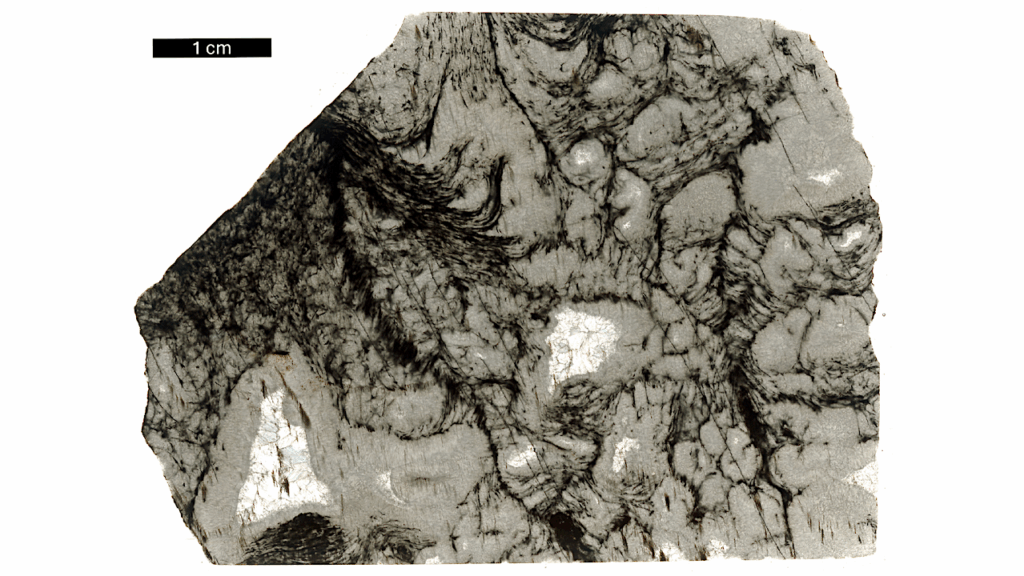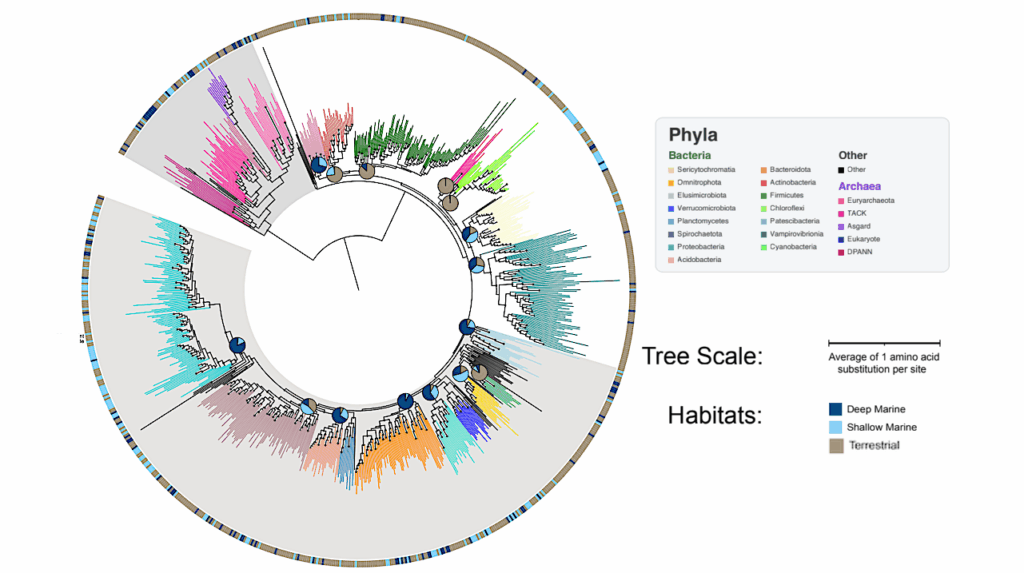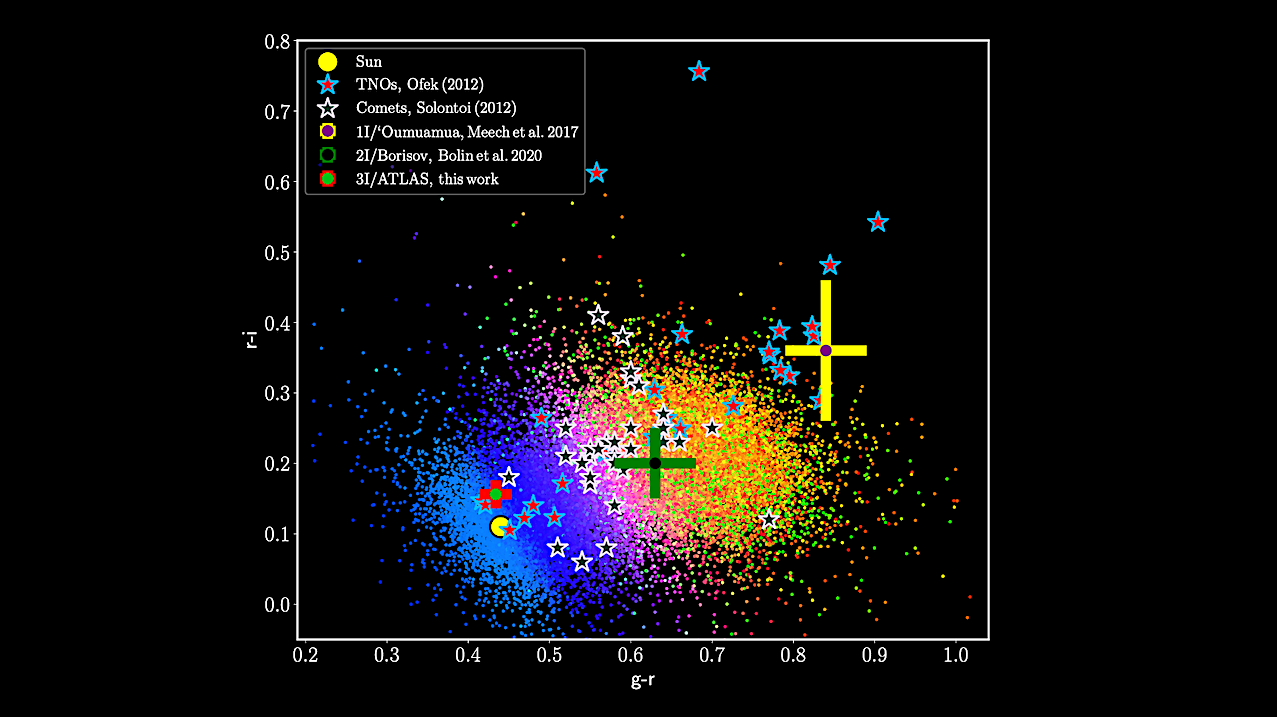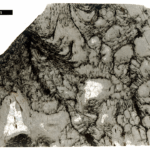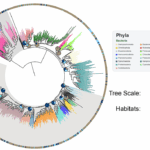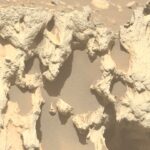Now Reading: Ancient River Systems Reveal Mars Was Wetter Than We Thought
-
01
Ancient River Systems Reveal Mars Was Wetter Than We Thought
Ancient River Systems Reveal Mars Was Wetter Than We Thought


Oblique view of part of a system of FSRs, recording multiple river tributaries, likely all active at the same or similar times. This shows rivers meandering, areas where river banks have burst and fine layers of sediment have been deposited around the river, and branching. At the top of the image is a really clear example of an area where two FSRs intersect with an infilled crater. This is likely where the river flowed into the crater, filling it up and then breaching the other side to continue through the crater and down to the bottom of the image. CTX image: MurrayLab_V01_E020_N-20_Mosaic NASA/JPL/MSSS/The Murray Lab Licence type Attribution (CC BY 4.0)
The discovery of more than 15,000 kilometres of ancient riverbeds on Mars suggests that the Red Planet may once have been much wetter than previously thought.
Researchers looked at fluvial sinuous ridges, also known as inverted channels, across Noachis Terra – a region in Mars’ southern highlands. These are believed to have formed when sediment deposited by rivers hardened and was later exposed as the surrounding material eroded.
Similar ridges have been found across a range of terrains on Mars. Their presence suggests that flowing water was once widespread in this region of Mars, with precipitation being the most likely source of this water.
The new research, led by Adam Losekoot – a PhD student at the Open University, funded by the UK Space Agency – is being presented today at the Royal Astronomical Society’s National Astronomy Meeting 2025 in Durham.
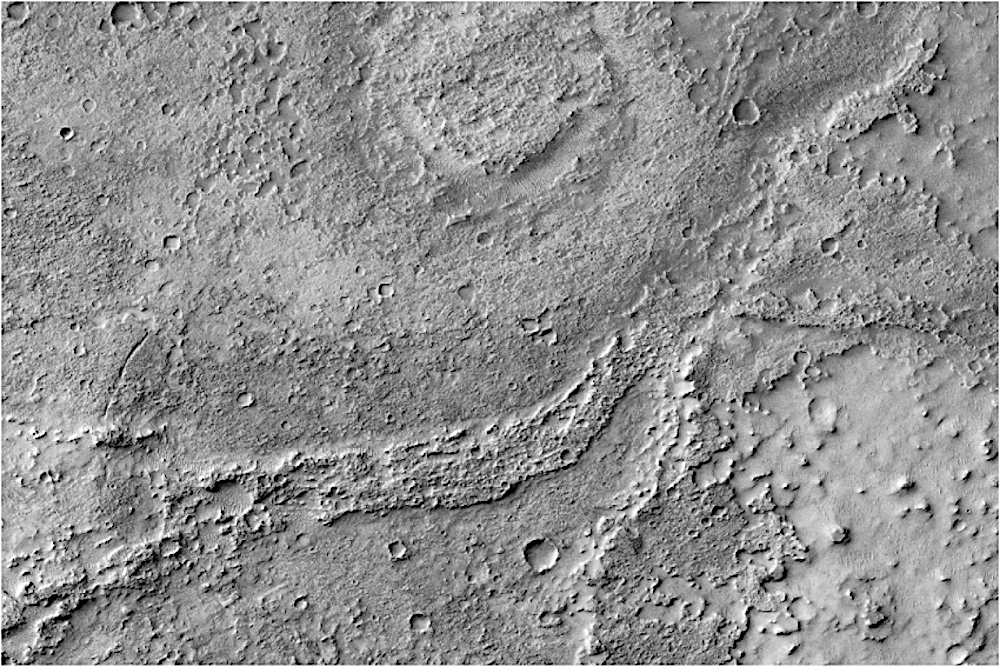
A moderately eroded fluvial sinuous ridge (FSR), with lots of small craters in it, that stands out clearly above the surrounding material. To the north east it emerges from a small valley and becomes progressively clearer to the west, until it disappears. There is a clear curve in the FSR, likely a meander. North of the FSR is a round, flat feature that was likely an impact crater which was filled with water or sediment. CTX image: MurrayLab_V01_E020_N-20_Mosaic NASA/JPL/MSSS/The Murray Lab Licence type Attribution (CC BY 4.0)
The findings indicate that surface water may have been stable in Noachis Terra during the Noachian-Hesperian transition, a period of geologic and climatic change around 3.7 billion years ago.
Noachis Terra has not been studied as extensively as other regions of Mars, in part because it contains few valley networks, which are branching erosional features that have traditionally been used to infer historical rainfall and runoff.
The study instead focuses on fluvial sinuous ridges as an alternate form of evidence for ancient surface water.
“Studying Mars, particularly an underexplored region like Noachis Terra, is really exciting because it’s an environment which has been largely unchanged for billions of years. It’s a time capsule that records fundamental geological processes in a way that just isn’t possible here on Earth,” said Losekoot.
He and his team used data from three orbital instruments: the Context Camera (CTX), the Mars Orbiter Laser Altimeter (MOLA) and the High Resolution Imaging Science Experiment (HiRISE).

Two east-west branches of an FSR. These preserve an area where a river split and then rejoined (off image). The lower branch is heavily eroded and quite spread out, the upper branch is narrower but more clearly preserved. These may have been exposed for different amounts of time, undergone different geological processes, or represent different periods of river activity. There are remnants of an infilling material within the ridge and a meander where the branch turns back towards the lower trunk. Between the two branches is a kind of mesa, this may be a pedestal of harder material or a crater that was filled in with the same material as the FSRs. HiRISE Image: ESP_085519_1585 NASA/JPL/University of Arizona Licence type Attribution (CC BY 4.0)
These datasets allowed the team to map the locations, lengths and morphologies of ridge systems across a wide area.
Many of the features appear as isolated ridge segments, while others form systems extending for hundreds of kilometres and rising tens of metres above the surrounding terrain.
The broad distribution and form of these ridges suggest that they likely formed over a geologically significant period under relatively stable surface conditions.
The spatial distribution and extent of the features indicate that the water source was precipitation.
“Our work is a new piece of evidence that suggests that Mars was once a much more complex and active planet than it is now, which is such an exciting thing to be involved in,” said Losekoot.
The fact that the ridges form extensive interconnected systems suggests that the watery conditions must have been relatively long-lived, meaning Noachis Terra experienced warm and wet conditions for a geologically relevant period.
These findings challenge existing theories that Mars was generally cold and dry, with a few valleys formed by ice-sheet meltwater in sporadic, short periods of warming.
Astrobiology
Stay Informed With the Latest & Most Important News
Previous Post
Next Post
-
 012024 in Review: Highlights from NASA in Silicon Valley
012024 in Review: Highlights from NASA in Silicon Valley -
 02Panasonic Leica Summilux DG 15mm f/1.7 ASPH review
02Panasonic Leica Summilux DG 15mm f/1.7 ASPH review -
 03How New NASA, India Earth Satellite NISAR Will See Earth
03How New NASA, India Earth Satellite NISAR Will See Earth -
 04And Thus Begins A New Year For Life On Earth
04And Thus Begins A New Year For Life On Earth -
 05Astronomy Activation Ambassadors: A New Era
05Astronomy Activation Ambassadors: A New Era -
06SpaceX launch surge helps set new global launch record in 2024
-
 07Space Force plans new ‘Futures Command’ amid pressure to speed up modernization
07Space Force plans new ‘Futures Command’ amid pressure to speed up modernization













